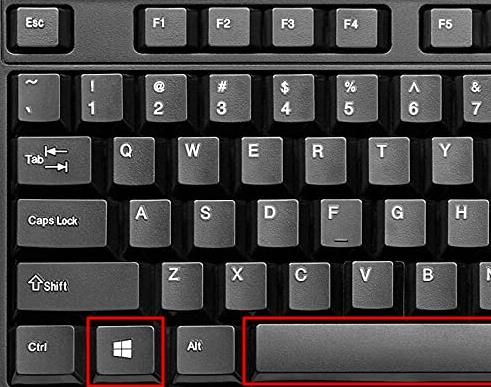Introduction
In this article, we will explore the topic of keyboard layout on laptops and specifically focus on the Chelyabinsk layout in the Russian language. Keyboard layouts vary across different countries and languages, and it is important to have an understanding of these variations in order to effectively communicate and work with different systems. The Chelyabinsk layout is commonly used in the Russian language and has its own unique features. Let’s delve into the intricacies of this layout and how it affects typing on a laptop keyboard.
The Chelyabinsk Layout on Laptop Keyboards
The Chelyabinsk layout is a variation of the Russian keyboard layout commonly used in the city of Chelyabinsk. It differs from the widely-used standard Russian layout and comes with its own set of advantages and challenges. The main difference lies in the arrangement of characters on the keyboard. While the standard Russian layout is based on the QWERTY layout, the Chelyabinsk layout utilizes a different structure known as JCUKEN.
The JCUKEN structure is named after the first six letters in the Russian alphabet: ЙЦУКЕН (JCUKEN). This rearrangement is designed to optimize typing speed and efficiency for Russian speakers by placing frequently used characters in easily accessible positions. However, it can be quite challenging for those accustomed to the standard Russian layout or other keyboard layouts.
Advantages and Challenges of the Chelyabinsk Layout
The Chelyabinsk layout offers several advantages for Russian typists. The placement of frequently used characters is intended to reduce finger movement and increase typing speed. This can be particularly beneficial for individuals who frequently type in Russian, such as students, professionals, and writers. Additionally, the Chelyabinsk layout may provide a sense of familiarity and comfort for those who have been using it for years.
However, there are also challenges associated with the Chelyabinsk layout. For those transitioning from other keyboard layouts, such as the standard Russian layout, the adjustment period can be frustrating and time-consuming. It requires retraining muscle memory, as the fingers need to learn new patterns and positions. Moreover, users who frequently switch between different layouts or languages may find it difficult to adapt, leading to potential errors and decreased productivity.
Tips for Using the Chelyabinsk Layout on a Laptop Keyboard
If you find yourself using the Chelyabinsk layout on a laptop keyboard, here are some tips to enhance your typing experience. Firstly, practice is key. Dedicate time to familiarize yourself with the new arrangement and gradually build muscle memory. Regular practice sessions can accelerate the learning process and help you become more proficient.
Secondly, consider utilizing typing software or online tools that specifically cater to the Chelyabinsk layout. These resources provide exercises and lessons tailored to the layout, allowing you to practice typing in a structured and efficient manner. They can also track your progress and identify areas for improvement.
Lastly, be patient and persevere. Remember that mastering a new keyboard layout takes time and effort. Celebrate small improvements and milestones along the way, and don’t be discouraged by initial challenges. With consistent practice and determination, you will gradually become more comfortable and proficient in using the Chelyabinsk layout on your laptop keyboard.
In conclusion, the Chelyabinsk layout on laptop keyboards is a unique variation of the Russian keyboard layout. It offers advantages in terms of typing speed and efficiency but also presents challenges to those accustomed to other layouts. By practicing regularly, utilizing specialized resources, and maintaining patience, users can adapt and become proficient in typing on a laptop keyboard with the Chelyabinsk layout.
